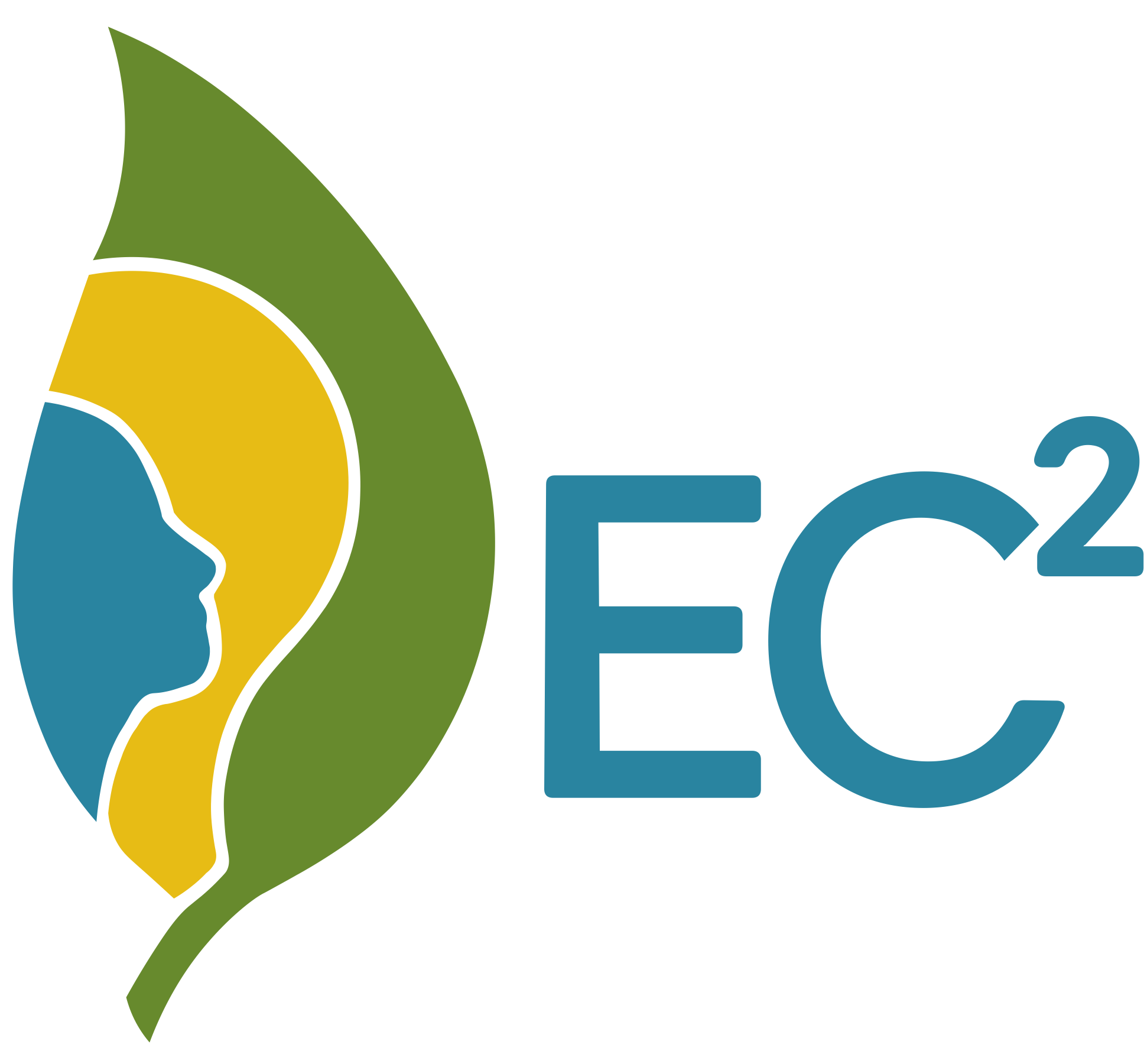Citizen-led transitions towards justice and inclusivity: A “green” rebranding of a Coal and Carbon Intensive Region into a city of the people, by the people, for the people
Introduction
The European Union’s strategic vision and respective national policies have created opportunities to transform Coal and Carbon Intensive Regions (CCIRs) in line with sustainable development goals. These regions, facing challenges like job losses, aging populations, migration, and poor environmental conditions, often resist change. Successful transformation requires addressing structural, cultural, and perceptual factors to foster local collaboration and achieve early justice gains, triggering broader positive changes.
A notable example is the municipality of Megalopolis in Greece. Originally rural, Megalopolis became a lignite mining hub in the 1970s, hosting 5 different lignite power plants over the years, which have been providing the local community with several job opportunities and have been fostering the local economy. The 2019 Greek National Energy and Climate Plan mandated phasing out lignite power plants by 2023, a very ambitious goal, which due to the extreme events of the past few years, led to a new dependence on natural gas. This planning risks long-term reliance on fossil fuels, leading to higher energy costs, potential gas shortages, and delayed adoption of green energy solutions.
Over the past few years, local stakeholders have suggested a post-lignite trajectory for Megalopolis that includes renewable energy projects, eco-tourism, alternative agriculture, and infrastructure improvements. Key steps include establishing a secure legal framework for renewable energy investments and energy efficiency upgrades. Proposals also include forming energy communities and offering tax exemptions to attract investments in clean energy projects.
However, the plan's success heavily relies on citizens' willingness to invest in new technologies, highlighting the need for innovative business models and the legal framework to demonstrate economic and environmental benefits. Given the growing involvement of citizens and other actors in combating the climate crisis and driving changes in the energy system, this case study explores whether a citizen-led transition based on energy efficiency investments as well as lifestyle and behavioral changes can lead to a just and inclusive transition in the municipality of Megalopolis.
With the premise that citizens must first recognize the benefits of investing in new energy products and services to actively engage in the energy transition, using the Dynamic high-Resolution dEmand-sidE Management (DREEM) model, we modeled three (3) different transition pathways aiming to transform the energy landscape in Megalopolis. The transition pathways simulated were developed according to the ENCLUDE’s “future-world” narratives:
- “A Familiar World”: This transition pathway aligns with the current national policy planning in the municipality of Megalopolis and draws from the plan of substituting district and oil heating installations with natural gas by 2035. This means that citizens follow the current rates of decarbonization efforts and decide to invest in the technological solutions foreseen each time by current policymaking at the national and the EU level.
- “A Unified World”: This transition pathway builds on the premise that citizens come together united in the battle against climate change and decide to invest in green solutions (energy efficiency upgrades and electrification, i.e., heat pumps) as soon as possible, while they are also willing to adopt behavioral and lifestyle changes when it comes to managing their energy consumption patterns.
- “A Fragmented World”: This transition pathway envisions a future marked by distrust and skepticism, where individuals prioritize energy security and lower bills over climate action. Due to the potential worldwide disparities and the resulting energy crises, people turn to conventional sources of energy more and more, despite their increasing prices. The latter leads to the introduction of green solutions as heat pumps in 2040, at half the rate compared to the situation under the “Familiar World” narrative.
For each pathway, we modeled the post-lignite development trajectory and estimated the potential economic and environmental benefits for citizens and the local community. Our findings reveal that a citizen-led energy transition focused on energy efficiency investments, lifestyle adjustments, and behavioral changes offers a more cost-effective and sustainable solution for the future energy system in Megalopolis, compared to continued reliance on fossil fuels and natural gas. This transition results in lower cumulative costs, including emission trading system (ETS) expenses, fuel costs, and renovation investments, at both the household and the municipality level.
Moreover, our analysis demonstrates that the “Unified World” pathway is not only financially advantageous but also the most efficient in terms of reducing energy demand, minimizing environmental impact, and mitigating additional charges on household energy bills. Conversely, continued investment in gas infrastructure- specifically the replacement of existing oil boilers with gas boilers- will exacerbate energy poverty at the municipality level by leading to long-term increases in energy costs. This suggests that even following the current policy trajectory risks locking the residential sector into a dependence on natural gas, burdening citizens and households with high energy bills for decades to come.
Through this case study, we have shown that while a rapid green transition may require higher upfront investments, it can also yield substantial returns; both economic and environmental. This insight challenges the false narrative that energy transition is expected to impose heavy financial burdens on citizens and society, demonstrating, instead, that they can generate significant economic benefits over time.
To further support this transition, we advocate that the Greek government not only allocate structural funds to drive technological innovation in the municipality of Megalopolis, but also adapt its policies to align with the cultural and the perceptual context of the local community. By fostering energy citizenship, the government can empower citizens to play an active role in driving systemic change, resulting in a more diversified, inclusive, and resilient local energy system. This approach has the potential to unlock the full potential of community-driven transitions, ultimately creating a more sustainable and equitable energy future.
More details about the ENCLUDE scenario space and this modeling study can be found in Deliverable 5.3: Report on the decarbonisation impact of energy citizenship at the local level.
Research Questions
“Can a citizen-led transition based on investments in energy efficiency solutions, and lifestyle and behavioral changes, support a just and inclusive energy transition in the Coal and Carbon Intensive Region of Megalopolis? ”
The following figures illustrate the projected evolution of the final energy mix and the total energy savings in the residential sector of Megalopolis through 2050.
The data clearly demonstrate that a future transition pathway where citizens unite in the fight against climate change- investing as early as possible in green solutions, like energy efficiency and electrification, and adopting climate-friendly lifestyle and behavioral changes to manage their energy consumption (i.e., “Unified World” scenario)- leads to a swift and complete phase out of fossil fuels from the local energy mix by 2030. These results underscore the importance of collective actions against the climate crisis, and early investments in sustainable and green solutions in achieving total decarbonization.
Similarly, under a transition pathway where citizens follow the current decarbonization trajectory investing in technological solutions as foreseen each time by current policymaking at the EU and the national level (i.e., “Familiar World” scenario), full decarbonization in the residential sector can also be achieved by 2050. However, the pace of transition is considerably slower compared to the "Unified World" scenario. In this case, the use of fossil fuel-based products shows no significant decline before 2035, with reductions in natural gas investments only becoming apparent thereafter, reflecting a more gradual shift in the energy mix.
Conversely, in a future characterized by distrust and skepticism, where individuals prioritize energy security and lower bills over combating against the climate crisis (i.e., “Fragmented World” scenario), the use of fossil fuel-based products remains entrenched in the energy mix until 2050. In this scenario, the vision of decarbonization remains out-of-reach, as the persistence of fossil fuels in the energy mix undermines efforts to transition toward a sustainable energy future.
Furthermore, to extract a meaningful evaluation of the economic implications and viability of the different transition pathways under study, we calculated the cumulative costs of the energy transition in the residential sector, by aggregating all the individual costs (i.e., ETS, fuel, and renovation costs), at both the household and the municipality level. For the sake of simplicity, it is assumed that the total costs of the energy transition at the municipality level are equally divided among households.
The figure below presents the evolution of the charges to be borne at the household level by 2050. It is noteworthy to mention that except for the “Fragmented World” scenario, the other 2 transition pathways lead to reduced annual costs, showing the viability of investing in green solutions.
Although citizens remain sceptic about climate change and reliant to the use of fossil fuels under the “Fragmented World” narrative, considering coal and natural gas as the most reliable solutions towards energy security and lower energy bills, it is the “Unified World” narrative that leads to lower energy bills by 2050.
In particular, under the “Unified World” scenario, annual costs seem to drop below 1,000€ per household by 2030 and stay below €1,000 with a decreasing trend by 2050. Cumulative costs per household by 2050, mark savings up to 4x more than if they remained reliant on fossil fuels, as in the “Fragmented World” scenario.
Overall, a cumulative amount of around €300 million could be saved at the municipality level by 2050. Downscaling from the municipality to the household level, this is translated to total savings of around €60,000 per household (i.e., ~3 times the current GDP per capita in Greece). Considering that local economy, which is currently mainly dependent on the energy and the mining sector, will undergo an abrupt pathway towards the phase out of lignite, and that by 2025 (when lignite-fired units are expected to close) employment and income levels could be significantly reduced, a citizen-led transition like the one studied, could decrease households’ energy costs, limiting the effect of wage decreases, and thus providing a significant helping hand to the most vulnerable citizen groups.
“What is the emission reduction (decarbonization) potential of different transition pathways at the municipality level?”
When considering the environmental impact of the transition pathways under study, projections on CO2 emissions serve as a key metric. The following figures illustrate the evolution of the annual CO2 emissions under the 3 transition pathways under study.
It is shown that under both the “Familiar World” and the “Unified World” scenarios, decarbonization by 2050 is achieved, although under the “Unified World” scenario decarbonization is achieved at a much faster rate, achieving CO2 emission reduction levels by 2030 that are attained more than a decade later under the “Familiar World” scenario.




